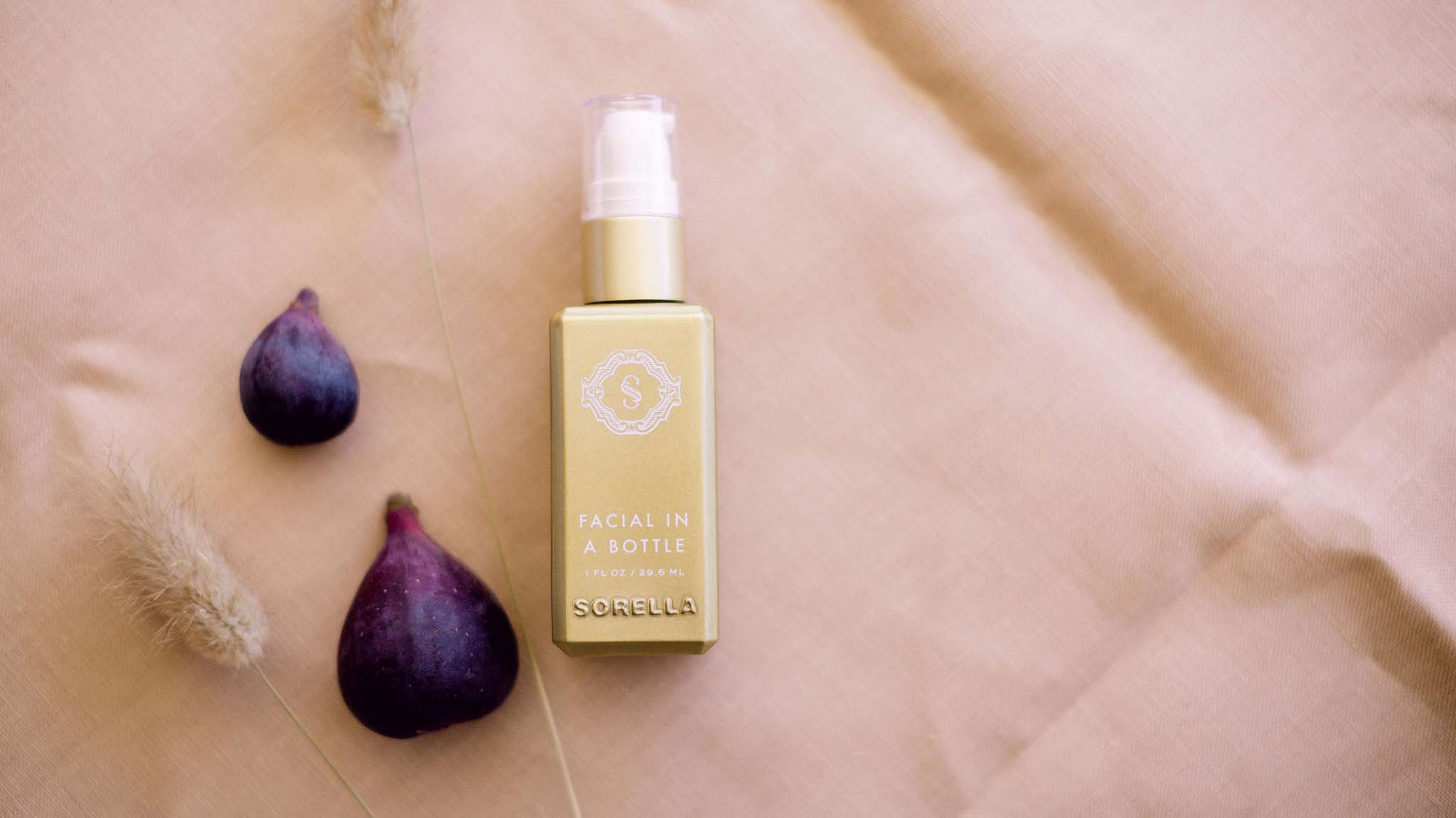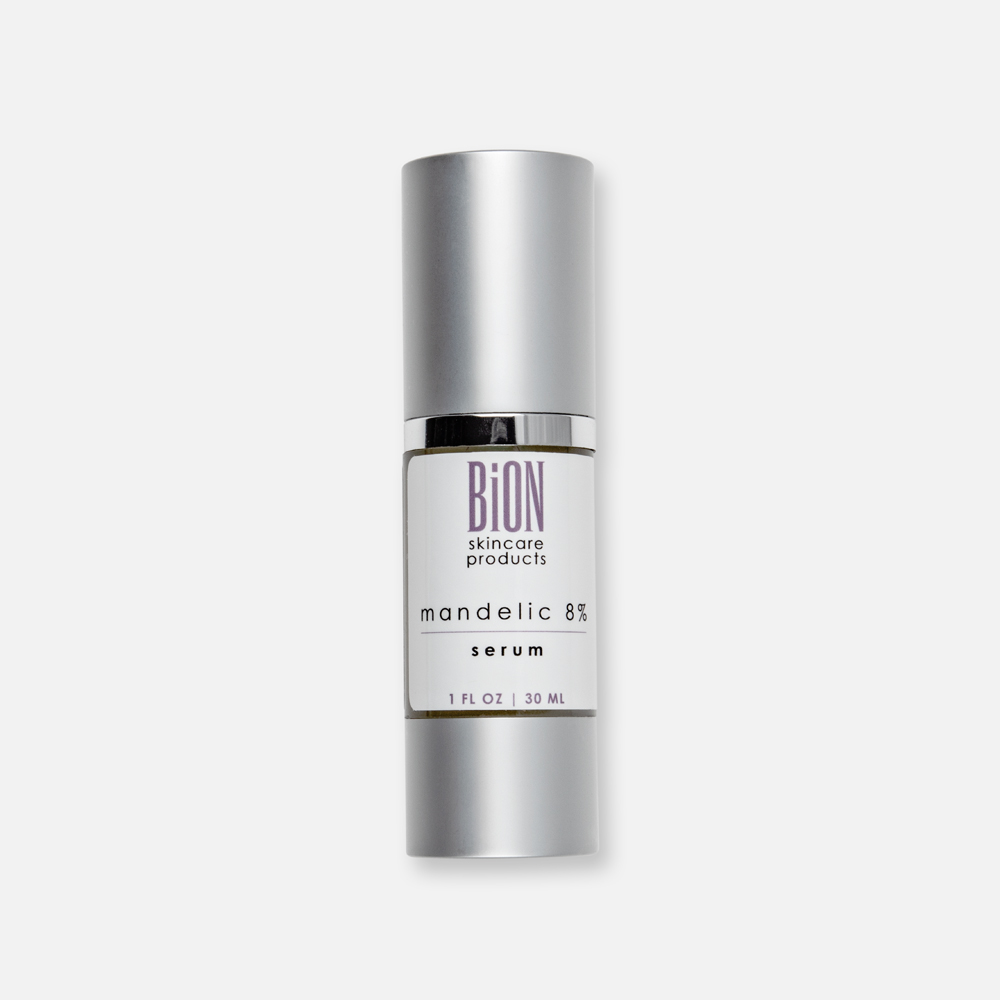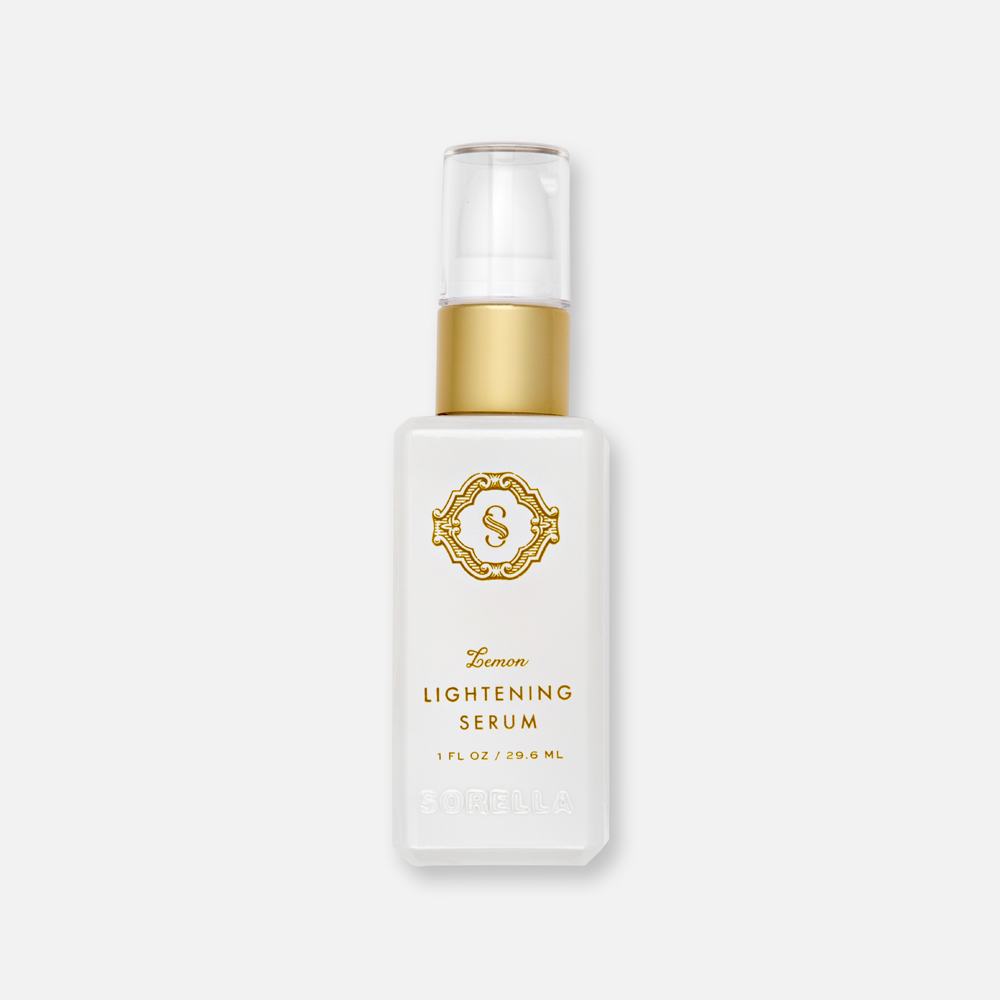
Effective skincare is all about active ingredients. Glycolic acid, niacinamide, salicylic acid, vitamin C, and many others get lots of attention. And rightly so! But I want to highlight an active that gets less attention than it should: Azelaic Acid. You might be wondering, “What is Azelaic Acid? I’ve never heard of it before!” and that would be fair. This powerful topical treatment has a wide variety of benefits with minimal side effects or concerns. So let’s go ahead and explore a fantastic unsung skincare hero!
- What Is Azelaic Acid?
- Benefits of Azelaic Acid For Skin
- What Are The Side Effects of Azelaic Acid?
- Our Azelaic Product Recommendations
What Is Azelaic Acid?
Azelaic Acid, or AzA for short, is a dicarboxylic acid derived from wheat, rye, and barley. Don’t worry too much about the dicarboxylic descriptor; I’m only including it to mention that AzA is different from the alpha hydroxy acids, like glycolic acid, that get so much attention in skincare. Interestingly enough, a yeast that lives naturally on human skin, malassezia furfur, produces Azelaic Acid as a byproduct. Spoiler alert, I am going to circle back to that point later.
Dermatologists may prescribe this ingredient at 15-20% concentrations. These Azelaic Acid creams and gels come in many brand names, such as Finacea or Azelex, and are rather effective and safe. Unfortunately, products with this high of a concentration cannot be sold over-the-counter.
Benefits of Azelaic Acid For Skin
Azelaic Acid is a multi-tasker, to say the least. This ingredient excels at the following:
- Fighting Acne: At higher concentrations, AzA compares favorably to benzoyl peroxide at clearing up acne. At lower percentages, it’s great at keeping breakouts at bay. How does it do so? First, this acid helps by exfoliating dead skin cells. Second, it creates an inhospitable environment for acne causing bacterias.
- Treating Rosacea: Since AzA does a good job clearing pores and fighting bacteria, it would also make sense that it’s good for rosacea. But this fabulous active is also an anti-inflammatory, which helps with rosacea!
- Brightening Skin: You read that right! AzA is also fantastic for leveling uneven skin tone and brightening dark spots. That’s because it is an effective tyrosinase inhibitor, meaning it stops excess melanin production in the skin. This skincare ingredient really shines as a pigment brightener since it also increases cellular turnover as an exfoliant.
- Reducing Inflammation: Unlike many other acids in skincare, AzA actively reduces inflammation and redness. This means it’s great for calming inflamed blemishes.
- Fighting Follicultis: This skin issue occurs when hair follicles become inflamed, leaving little red bumps that look similar to pimples. And remember how I mentioned malessezia furfur earlier? Some folks have trouble with this natural yeast staying balanced on their skin. As a result, they get fungal folliculitis. AzA keeps this in check via two mechanisms. First, it creates an inhospitable environment for the yeast to overproduce. Second, it reduces inflammation. That’s pretty cool, huh?
- Fun fact: we sometimes refer to folliculitis as ‘The Acne Imposter’! Folks tend to misdiagnose it as acne vulgaris and treat it incorrectly. AzA, however, is helpful for both conditions.
What Are The Side Effects of Azelaic Acid?
Some people report mild irritation when using higher concentrations of Azelaic Acid. However, it is not a common side effect, even for folks with normally sensitive skin. Other than that, there are no other documented side effects. This is another reason that AzA is so dang fabulous!
Additionally, it has no known negative interactions with other skincare products or actives. That means you can use it in virtually any skincare routine, including one with retinol/retinoids! My only warning is that you should wear sunscreen while using AzA. That being said, you should wear SPF anyway!
Our Azelaic Product Recommendations
I’ve established that Azelaic Acid is a superstar active, but I haven’t mentioned any products at all. Here are some of the most fabulous formulations I’ve ever encountered:
- Sorella Apothecary Facial In A Bottle: Azelaic Acid is the primary active ingredient in the formula and it really shines. The other parts of the formula, Niacinamide and Bakuchiol among them, mesh beautifully with this acid. As a serum, it manages to help exfoliate and renew, while calming and soothing skin.
- BiON Mandelic Serum: Wait a second, isn’t this blog post about Azelaic Acid? Well, it plays super well with other skin-refining acids and Niacinamide, so it’s right at home in this serum. This skincare cocktail excels at regulating sebum, exfoliating, and reducing hyperpigmentation.
This unassuming little acid is rather exciting, isn’t it? At Art of Skin Care, we genuinely appreciate all the actives that contribute to healthier skin. Azelaic Acid deserves a more attention: after all, it has clearly earned it! Until next time, may your skin be healthy and glowing!


